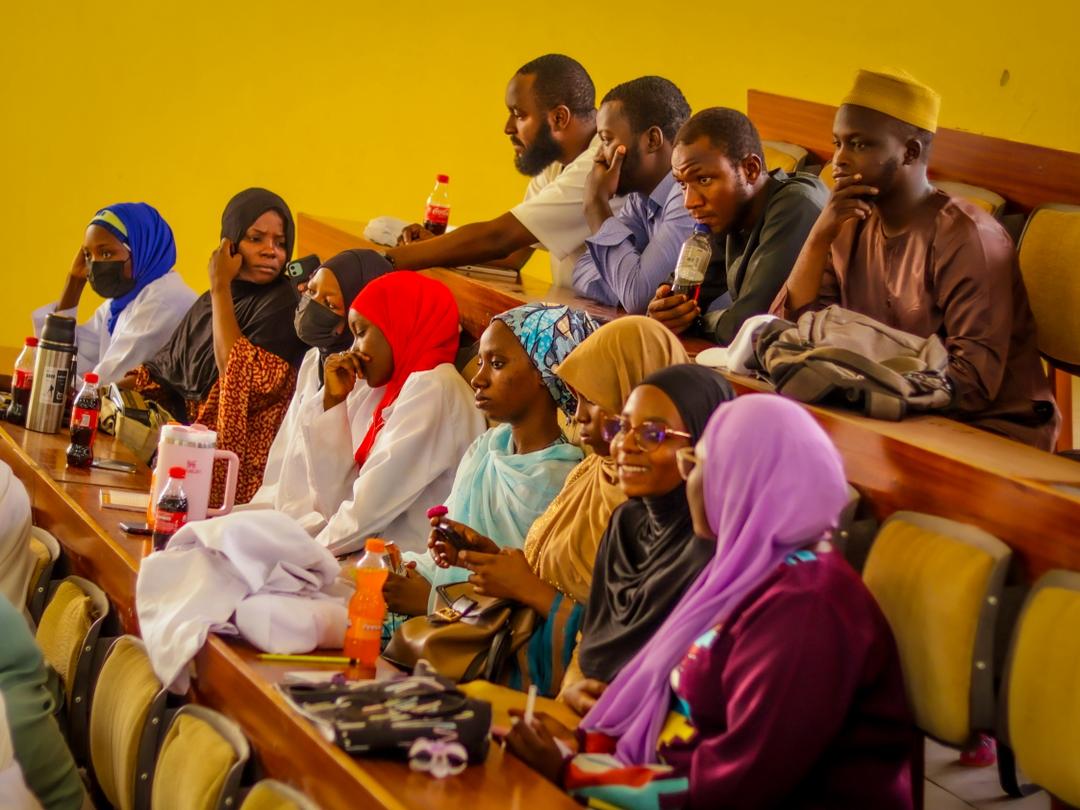 Entertainment
Entertainment
I. The Habe Era: Founding the Kingdom (c. 999 – 1807)
The story of Kano begins long before recorded history, centered around Dala Hill, an ancient site of iron-working. But the foundation of the centralized state is traditionally dated back to the turn of the millennium.
The Birth of a Dynasty
-
Foundation (c. 999 CE): The Kano Chronicle, the key historical text for the region, records that the Kano Kingdom was founded around 999 CE by Bagauda. He was one of the legendary Hausa Bakwai (Seven True Hausa States) and established a line of kings known as the Habe rulers.
-
Building the Defenses: Early rulers recognized the need for security. King Gijimasu (reigned 1095–1134) began the construction of the formidable Ancient Kano City Walls, which protected the city for centuries.
The Golden Age and Islamization
The kingdom’s destiny was fundamentally reshaped by two forces: trade and faith.
-
The First Waves of Islam: Islam was introduced in the 1340s by Malinke scholars from the Mali Empire. However, its influence truly blossomed under Muhammad Rumfa (reigned 1463–1499).
-
The Merchant King: Rumfa is considered the greatest of the Habe kings. He solidified Kano’s position as the powerhouse of the Trans-Saharan Trade.
-
He founded the colossal Kurmi Market, which is still operational today.
-
He expanded the magnificent Gidan Rumfa (Emir's Palace).
-
He promoted Islamic scholarship and codified administration under Sharia (Islamic law), cementing Islam’s role in Kano’s government and culture.
-
II. The Fulani Era: The Great Emirate (1807 – 1903)
The 19th century brought a dramatic shift in power that would cement Kano’s commercial dominance under a new ruling class.
-
The Fulani Jihad: Beginning in 1804, the Fulani Jihad, led by Usman dan Fodio, aimed to purify Islamic practice across Hausaland. Kano city was conquered in 1807, marking the end of the Habe dynasty.
-
The New Rulers: Kano became a powerful Emirate within the vast Sokoto Caliphate. The new dynasty was established by Ibrahim Dabo (reigned 1819–1846), a Fulani from the Sullibawa clan.
-
Unrivaled Prosperity: Under the Fulani, Kano reached its zenith as the greatest commercial power in all of West Africa. Its renowned craft industries, especially its dyed textiles and high-quality red goatskin leather (exported to Europe as "Morocco leather"), made it fabulously wealthy. Scholars like Heinrich Barth marveled at the city's size and industry.
III. The Modern Era: Colonialism and Independence (1903 – Present)
Kano's long history of independence came to a close in the 20th century, ushering in a period of integration into the global economy.
-
The British Takeover: In 1903, the British military captured Kano city. The Emirate was incorporated into the Northern Nigeria Protectorate.
-
The British governed through Indirect Rule, maintaining the traditional office of the Emir while co-opting his authority.
-
-
The Railroad's Impact: The completion of the Lagos-Kano railway in 1911 effectively ended the dominance of the ancient trans-Saharan caravan routes, redirecting Kano's trade south to the Atlantic coast. Kano quickly adapted, becoming a center for groundnut (peanut) production and an industrial hub.
-
A Modern Metropolis: After Nigeria's Independence in 1960, Kano State was created in 1967. Today, the city of Kano is the second most populous in Nigeria. It continues its thousand-year legacy as the economic engine of Northern Nigeria—a thriving mix of ancient markets, modern industries, and deep-rooted tradition.






